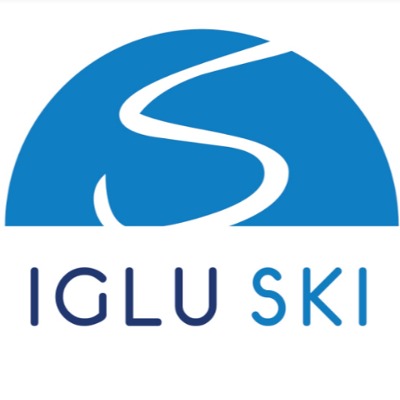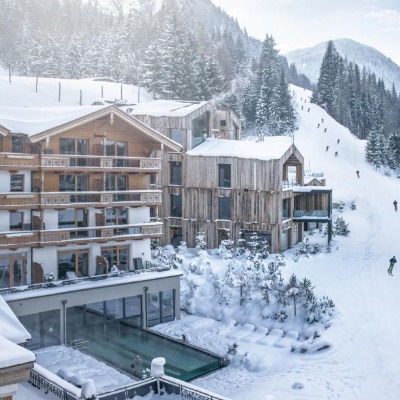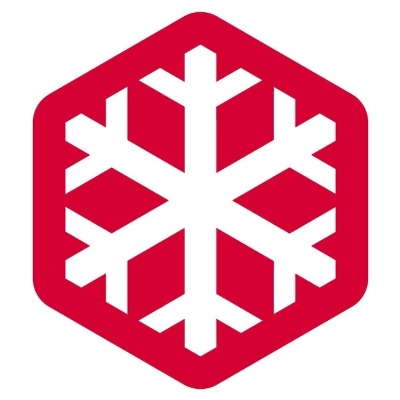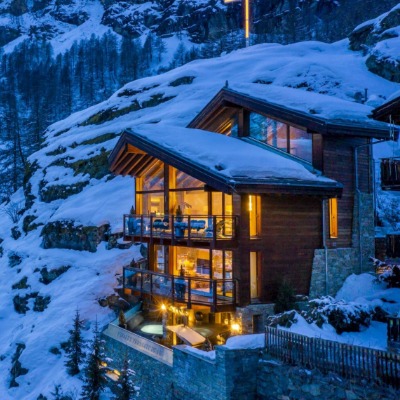Kohl & Partner Mid Season Industry Survey Published
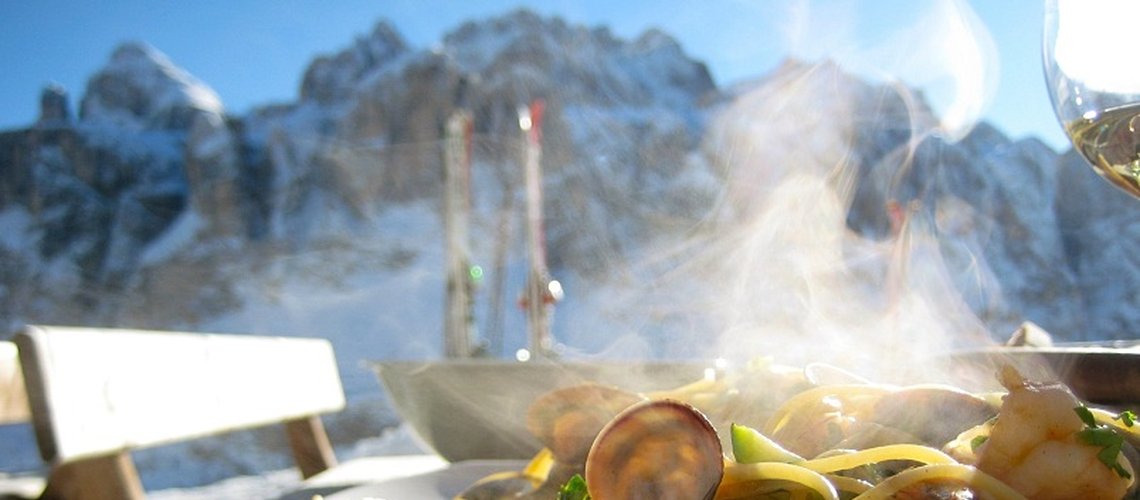
Even in the summer, many tourism professionals looked ahead to the coming winter with a clouded outlook. Now, halfway through the winter season, the current Kohl & Partner mood barometer with 250 participants from the Alpine region shows a much better picture, but noticeable changes in guest behavior and increases in costs are causing problems for companies: shortened length of stay and slower consumer behavior are taking away further planning security. The employee situation, however, has improved slightly compared to the summer. In order to check the plausibility of the results, a fact check on the previous progress and also on the prospects was carried out for the first time together with the revenue management system provider RateBoard.
Tourist mood
Last but not least, the early snowfall in November has eased some of the fears of a repeat weak winter among tourism professionals. In the fall, the majority of those surveyed were still skeptical about the upcoming winter season. Now, at the halfway point of the winter season, more than half rate the tourist mood as positive.
When asked how the current business situation of their own company is assessed in comparison, the picture looks a little better with almost 70 percent “very good” and “fairly good”. Only 6 percent of survey participants see a poor business situation.
Booking situation and occupancy: review and outlook
For more than 30 percent, the capacity utilization for the winter season so far is above expectations, with half of them seeing increased capacity utilization of up to 5 percent and the other half even seeing increases of up to 10 percent and beyond. The majority of companies have so far had capacity utilization as expected, with 16 percent of all respondents reporting weaker occupancy.
A similar picture emerges when assessing the booking forecast for the second half of the winter season. For 45 percent of hoteliers, the room plans are filled similarly to last year. Almost 30 percent see a more positive booking development. Around a quarter are still behind in bookings for the rest of the winter.
In comparison to personal assessments, it is also exciting to look at the utilization of around 400 RateBoard customers from the Alpine region. With a December capacity utilization of 62 percent, the companies are only at the previous year's level despite snow at the start of the season. As of January 24th (forecast), the positive feeling of many companies is put into perspective by the minimal increase in capacity utilization from 1.1 percent to 73 percent. The booking forecast for February shows a significant increase of 9 percent compared to the previous year, currently at 66 percent. Due to the early Easter holidays, the March forecast also gives a positive outlook with 41 percent room occupancy already in the books.
Price enforcement
Price enforcement by companies is also an important indicator. When asked how satisfied they are with the desired price increases and thus price enforcement, a promising picture emerges: 70 percent of hotels are very satisfied or satisfied. 22 percent say that price enforcement was neither particularly successful nor unsuccessful. Only nine percent of those surveyed express their dissatisfaction here.
When looking at the development of the average room rate through RateBoard, it is positive to note that better price enforcement of six percent was achieved over the entire season. This winter, courage to price is particularly noticeable during the peak season, which means that price enforcement in February is currently seven percent and in March even nine percent above the previous year's level.
Development of booking and consumer behavior
In addition to price enforcement in the overnight accommodation sector, the consumption and spending behavior of guests is also an important indicator. Looking back at the mood barometer in the summer, the willingness to consume has improved somewhat, but 45 percent of the companies surveyed still see less spending than in the previous year.
Savings tendencies are also evident in the length of stay: around a third of the companies (31 percent) observed shorter stays than in the previous year. Only three percent say their guests stay longer.
What are the biggest challenges this winter?
Over half of those surveyed stated that it was the wage and cost increases in all areas that were causing them problems. But recruiting employees also remains a serious challenge this winter. Also in the top 5 is the increasingly short-term booking behavior of guests, which, together with the strong dependence on the weather, limits planning security.
Although recruiting employees is still seen as a challenge, the survey shows positive trends. While at the end of the summer there were 45 percent who complained about an insufficient number of employees, the figure is currently only 28 percent of those surveyed. The departments in which the shortage of employees is most evident have remained the same; these are still the service and kitchen areas.
Overall consideration and conclusion
In summary, 44 percent of survey participants expect better sales than in the previous year. However, in view of the massive cost increases, this picture is clouded by 2/3 of all respondents who expect the same or even lower sales this winter season compared to the previous year.
Matthias Trenkwalder, Managing Director of RateBoard, draws the following conclusion: “After a mixed start to the season, the development of the winter can be interpreted as very positive. Both occupancy and price enforcement show a positive trend.” Hotel expert Helmut List, Managing Partner Kohl > Partner, agrees and adds: “However, the calculation will be made at the end of the season and falling profit margins will ultimately dampen the mood somewhat.”











